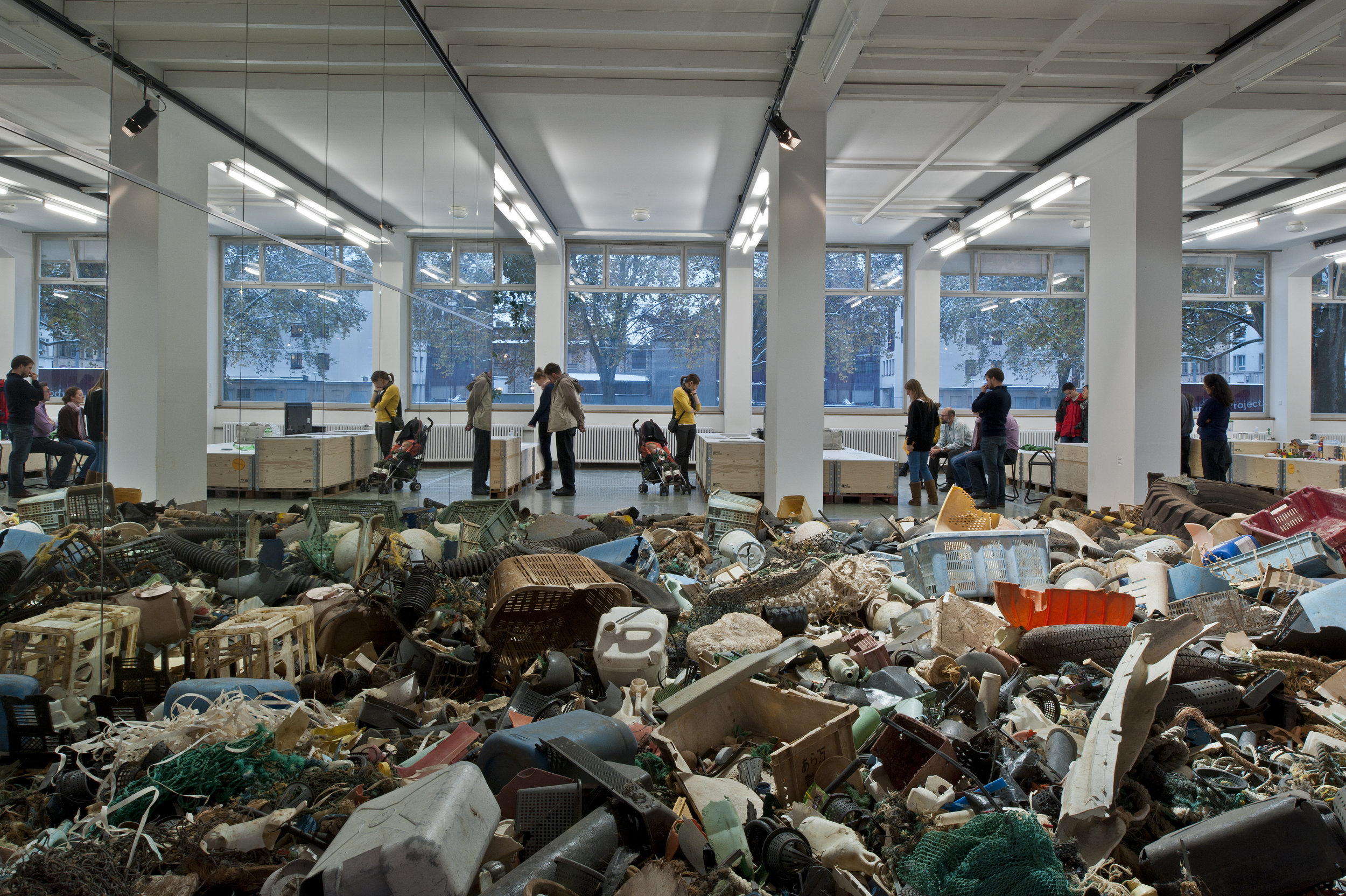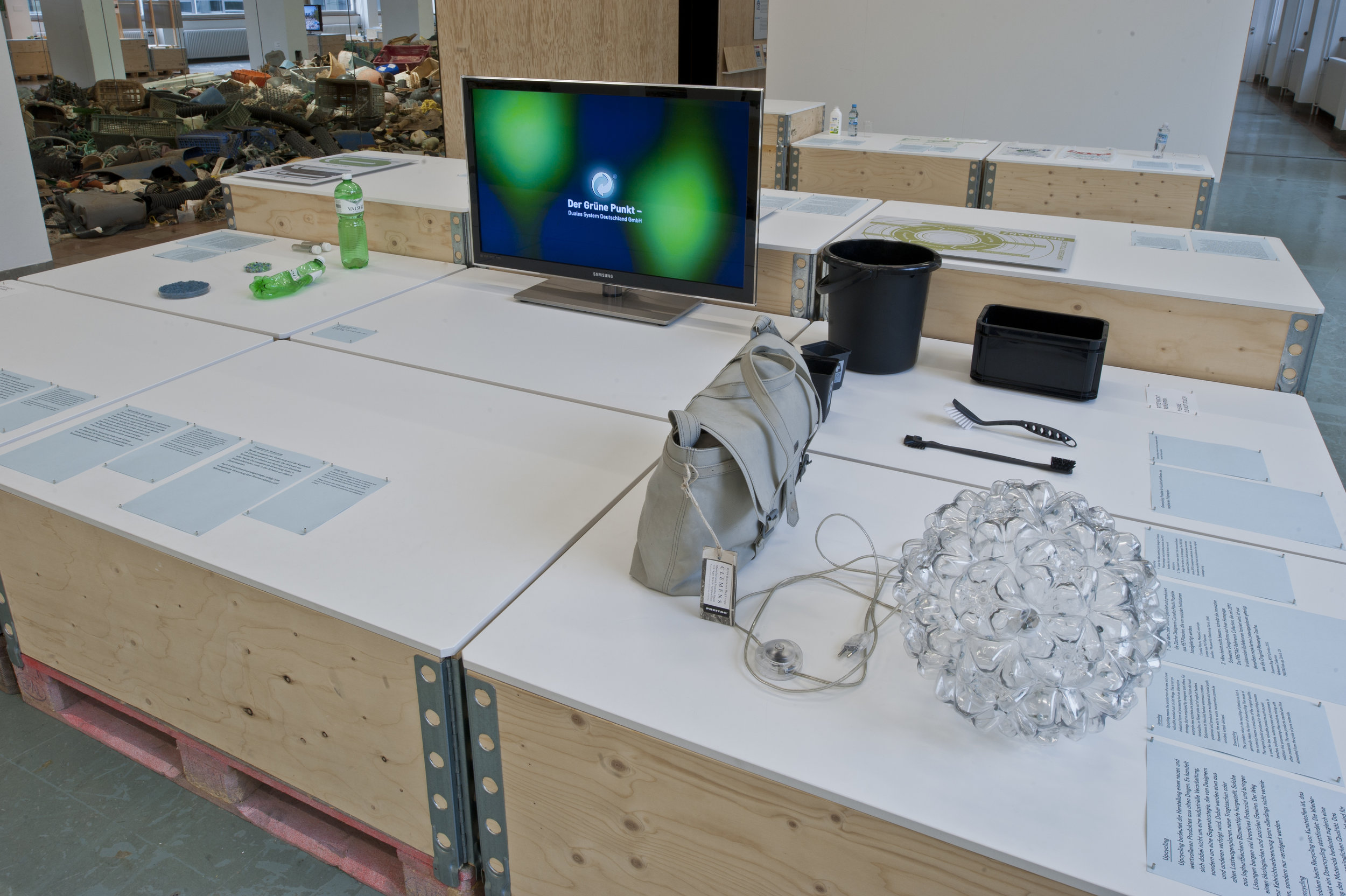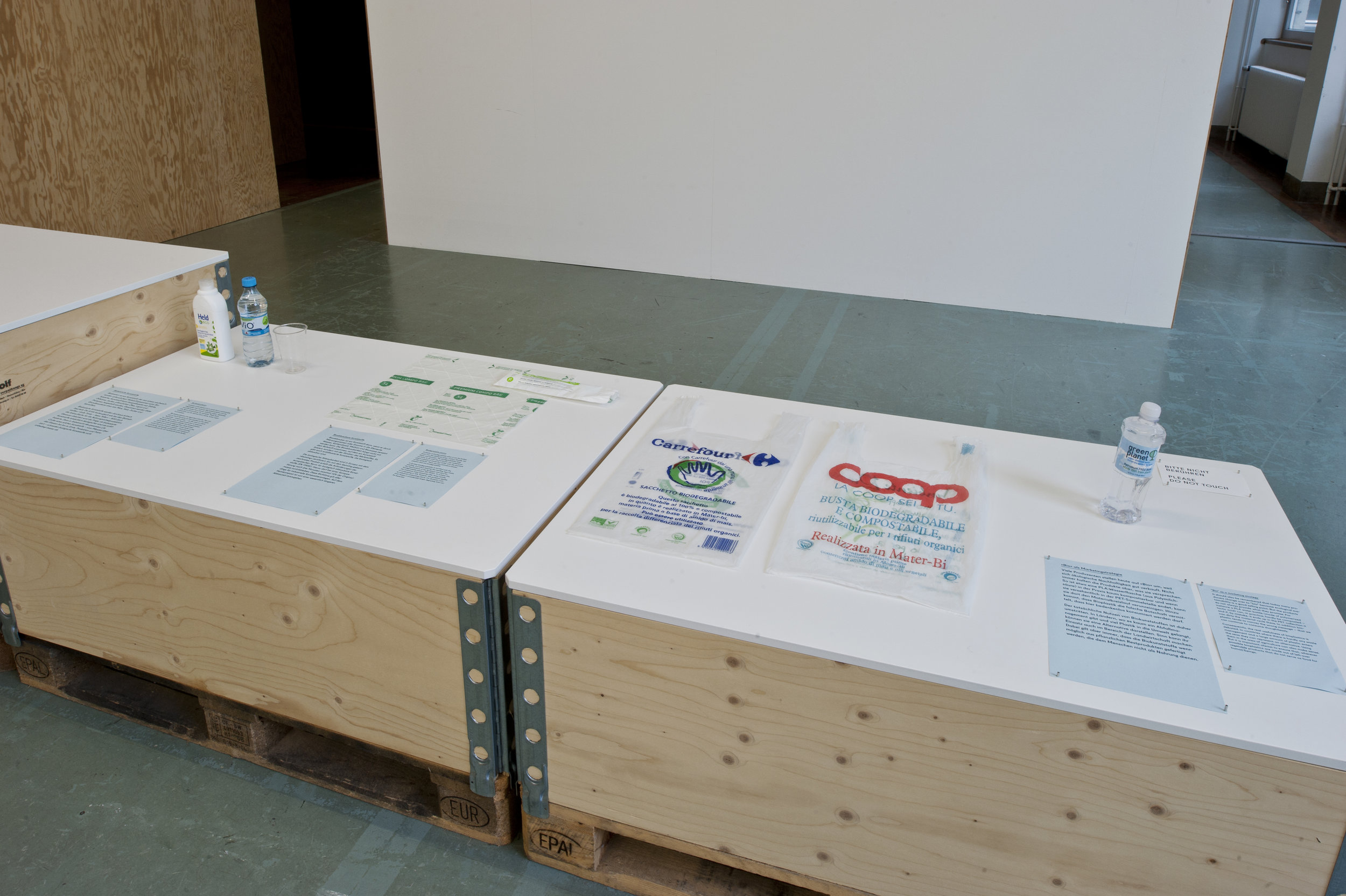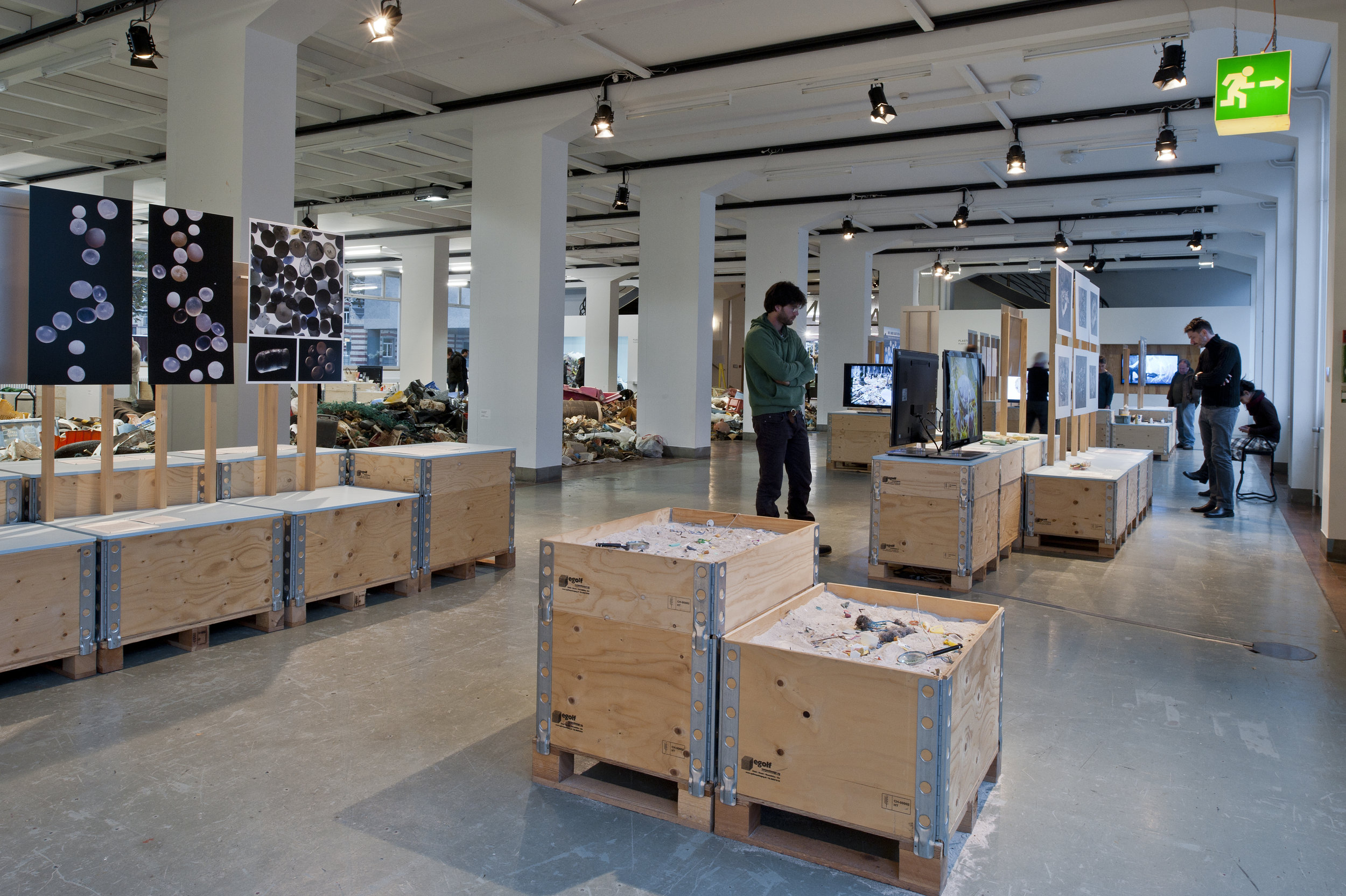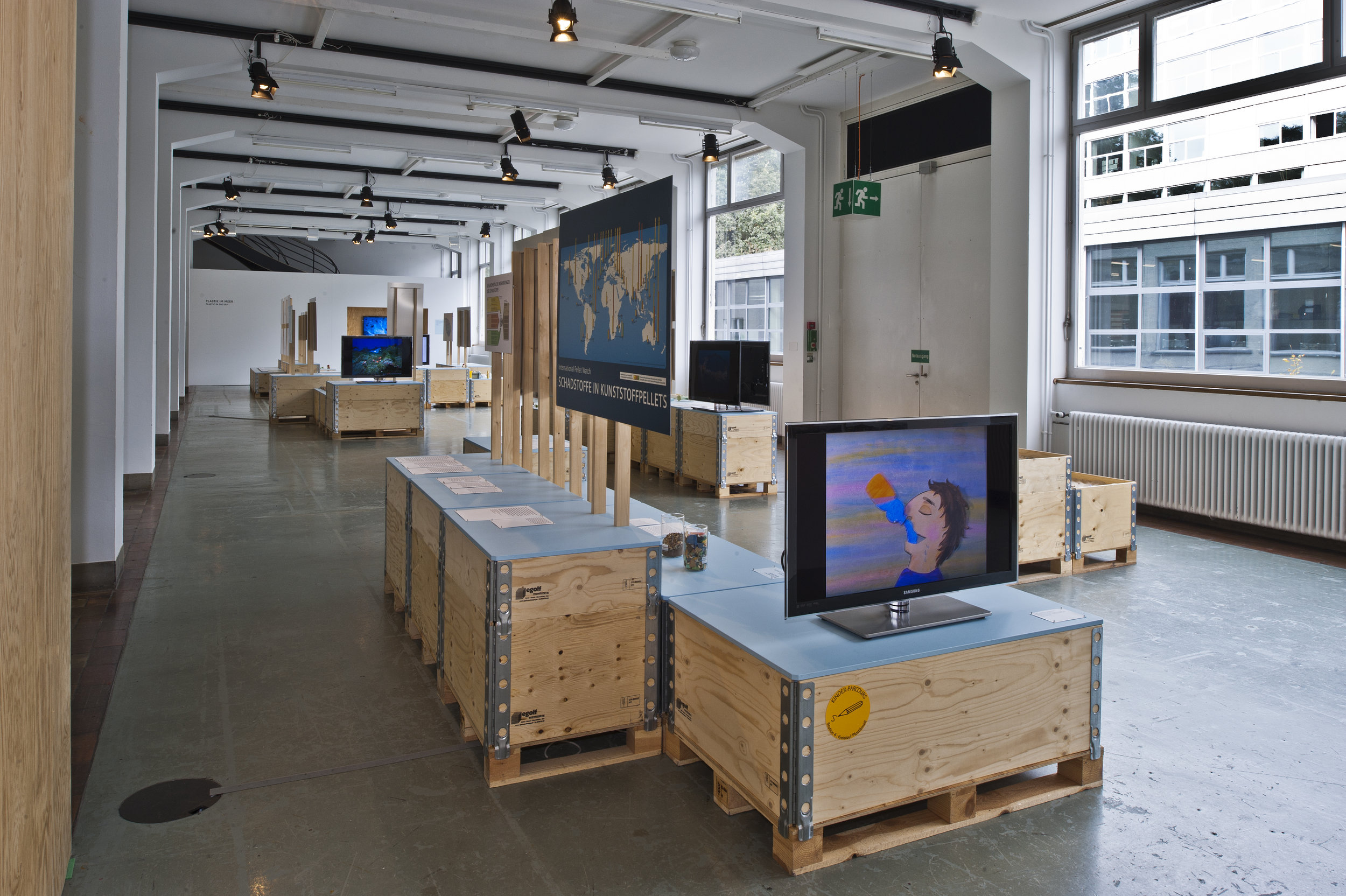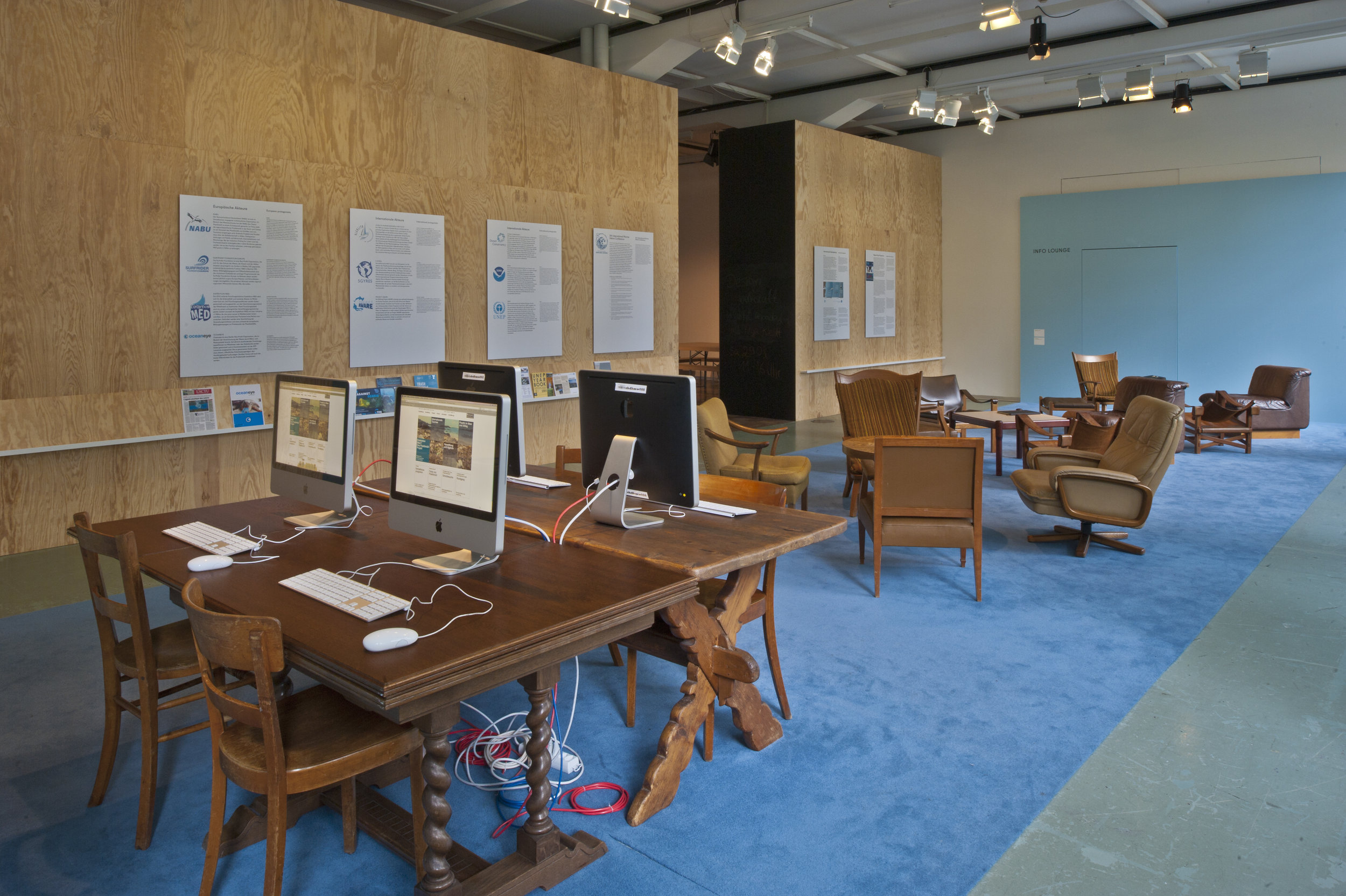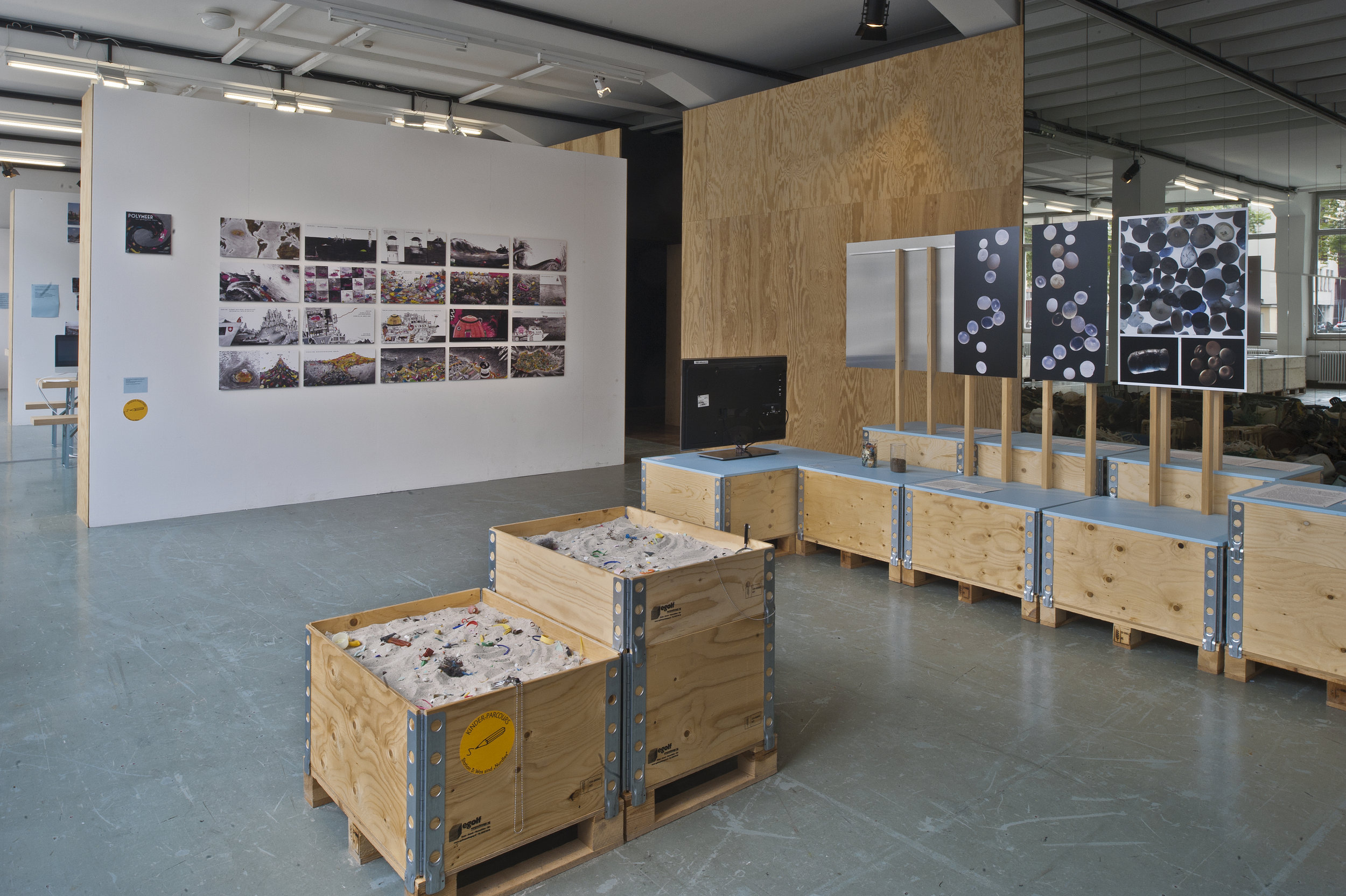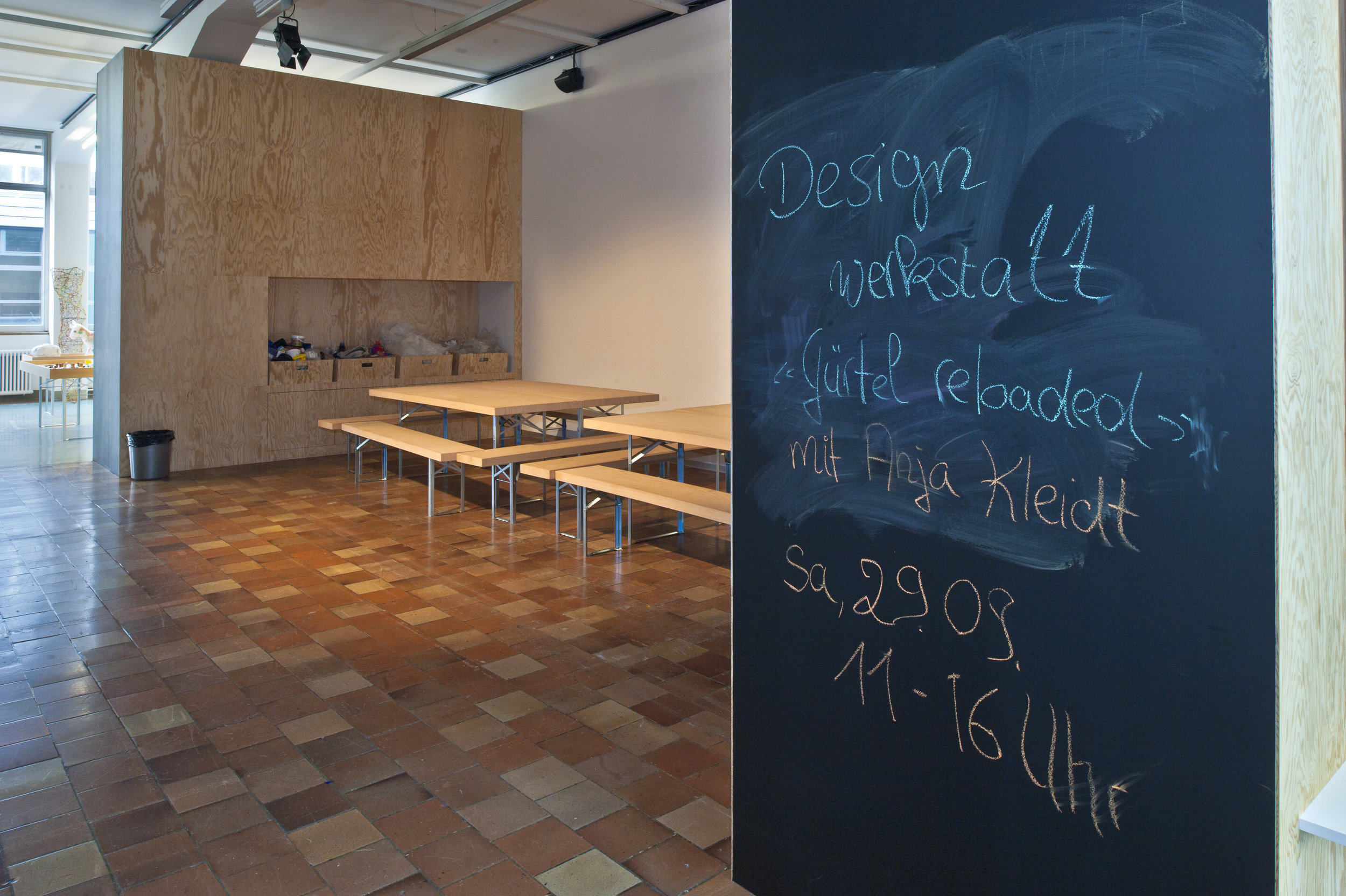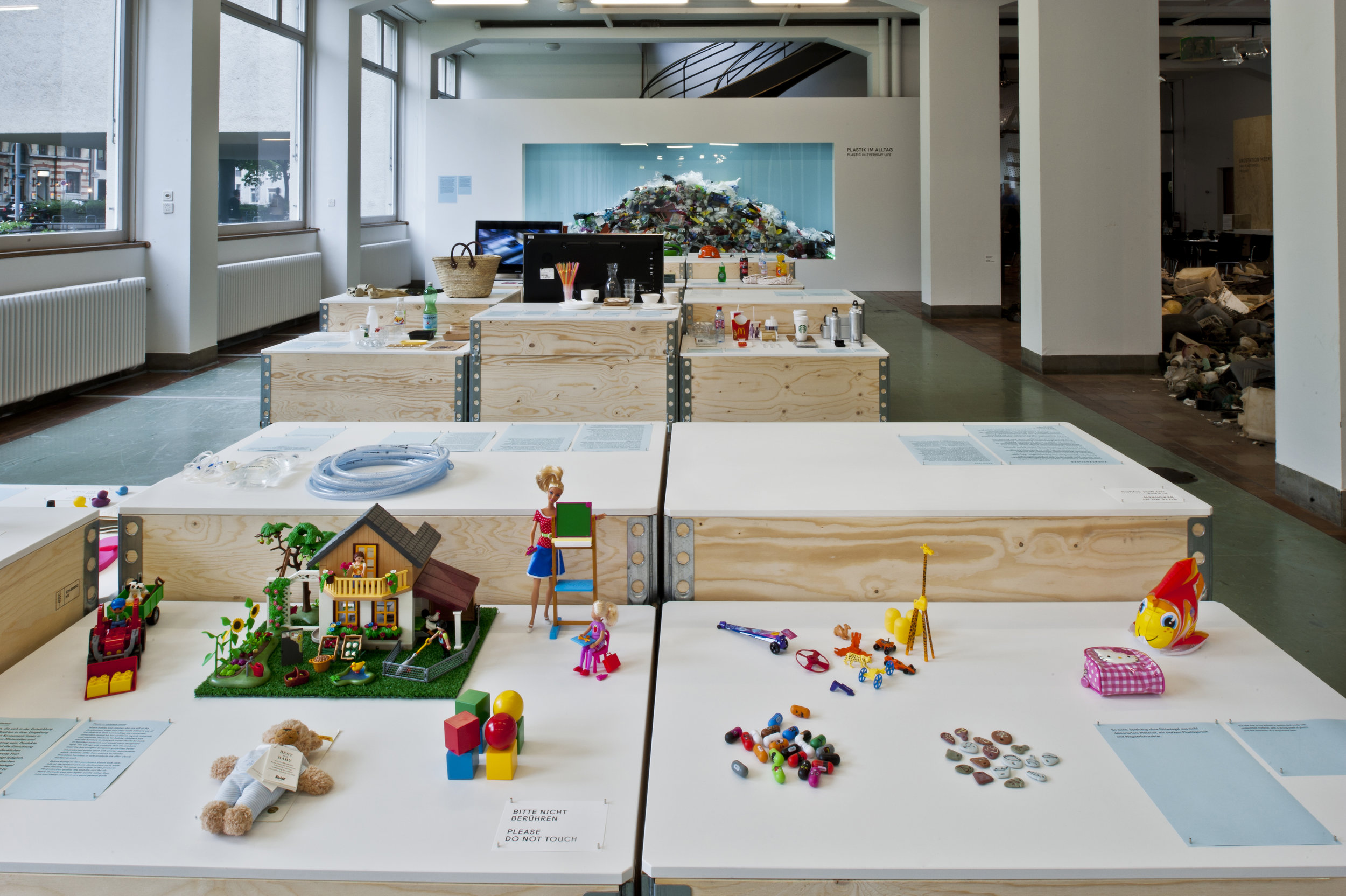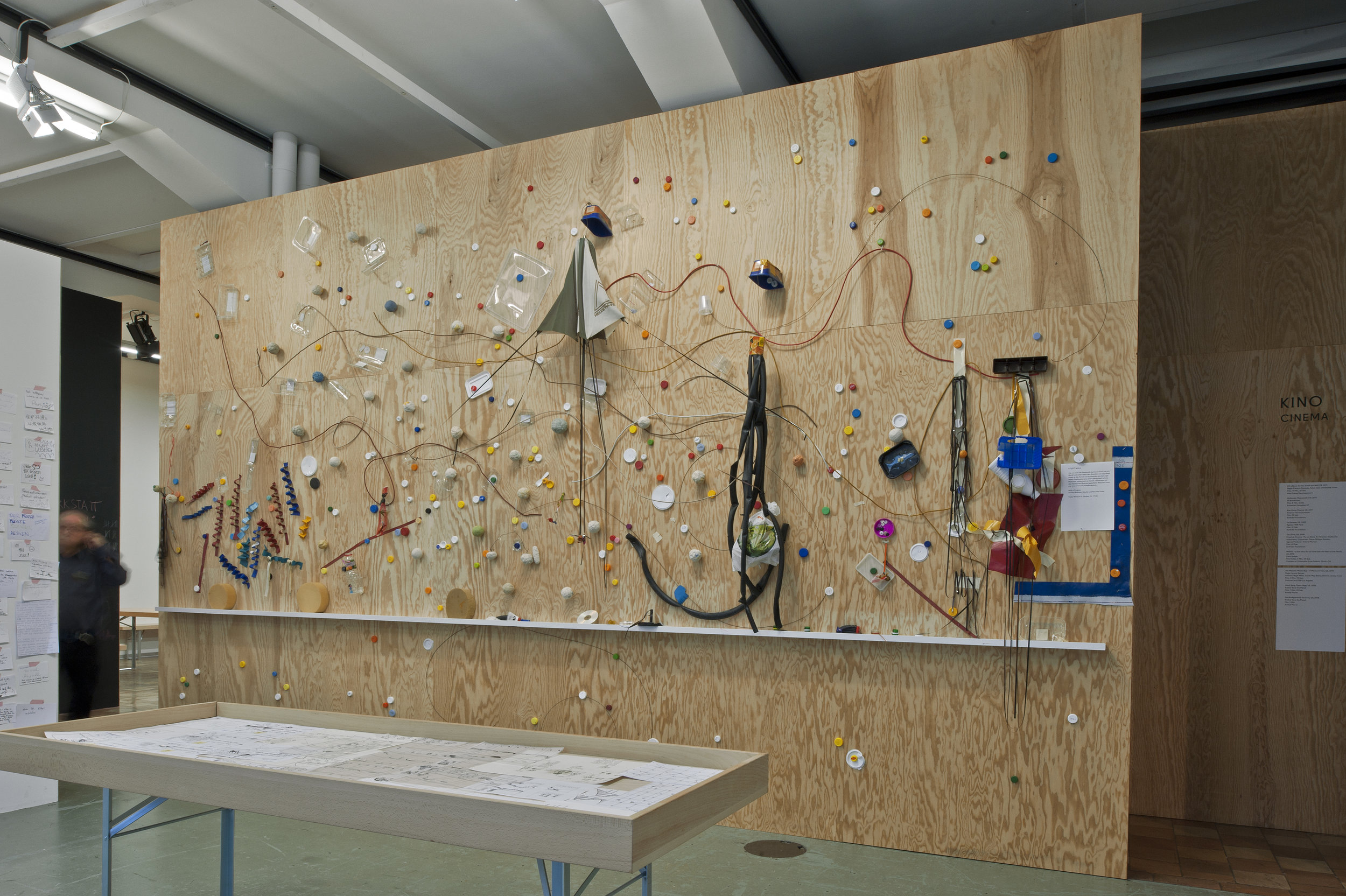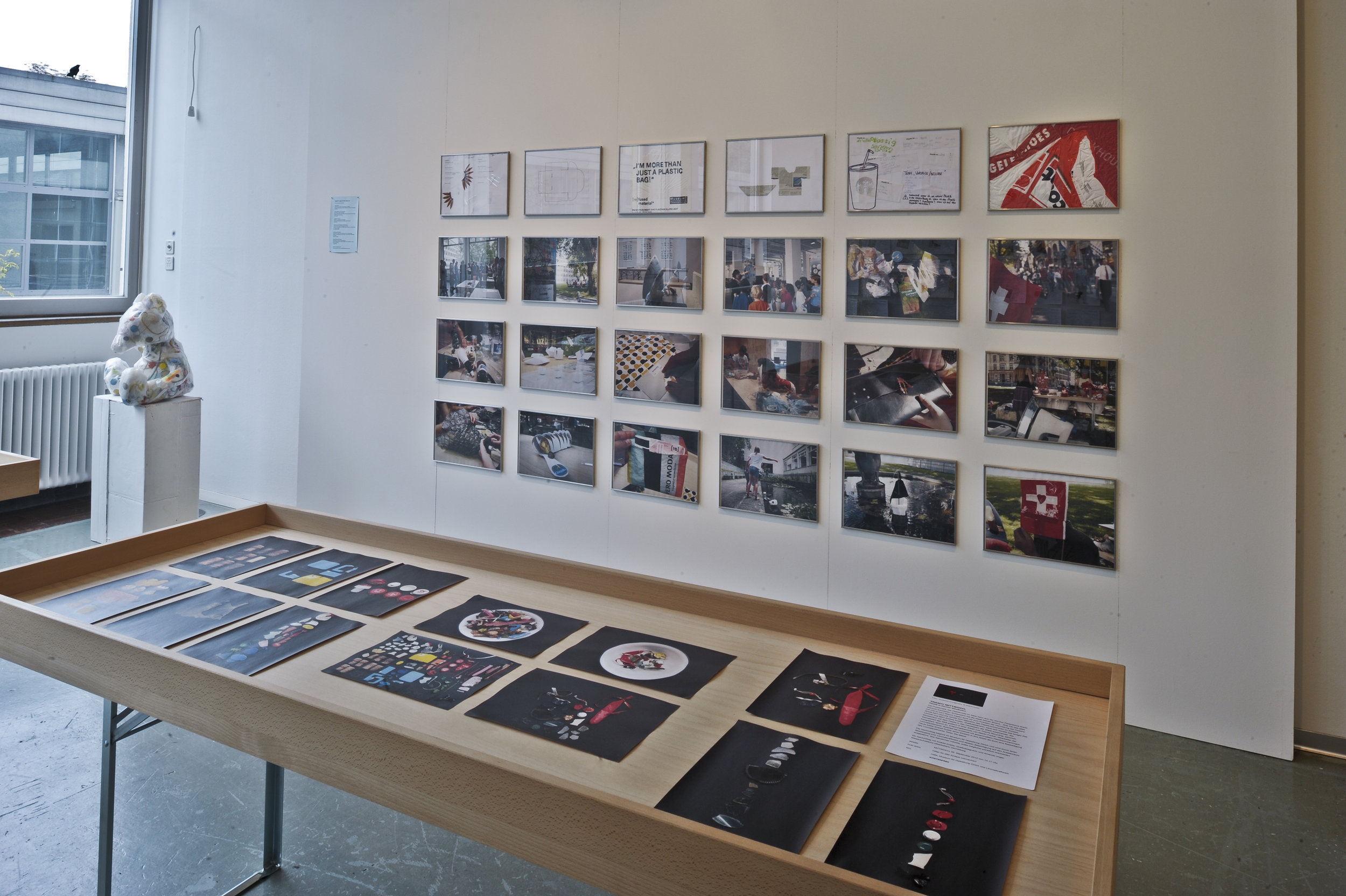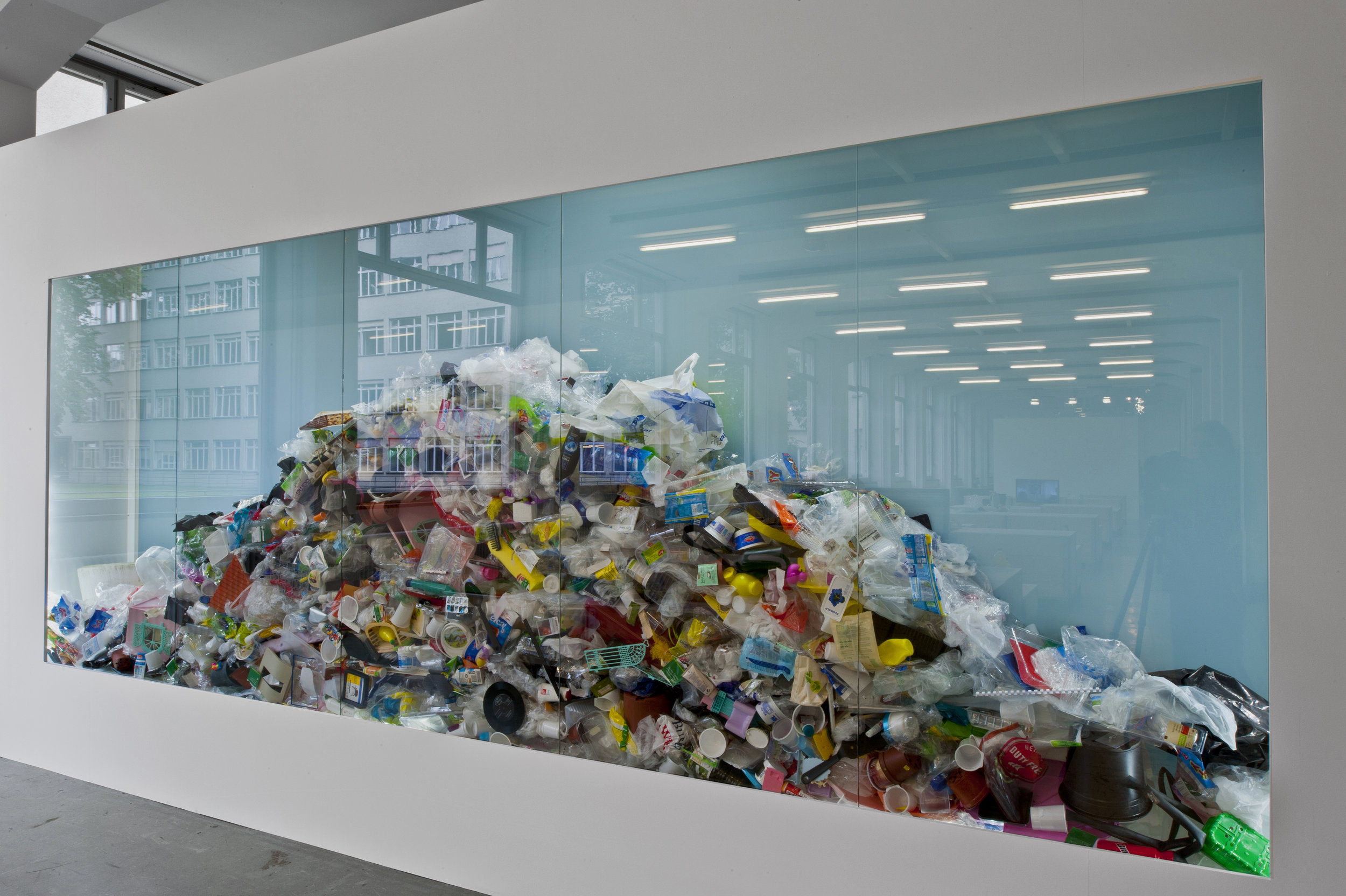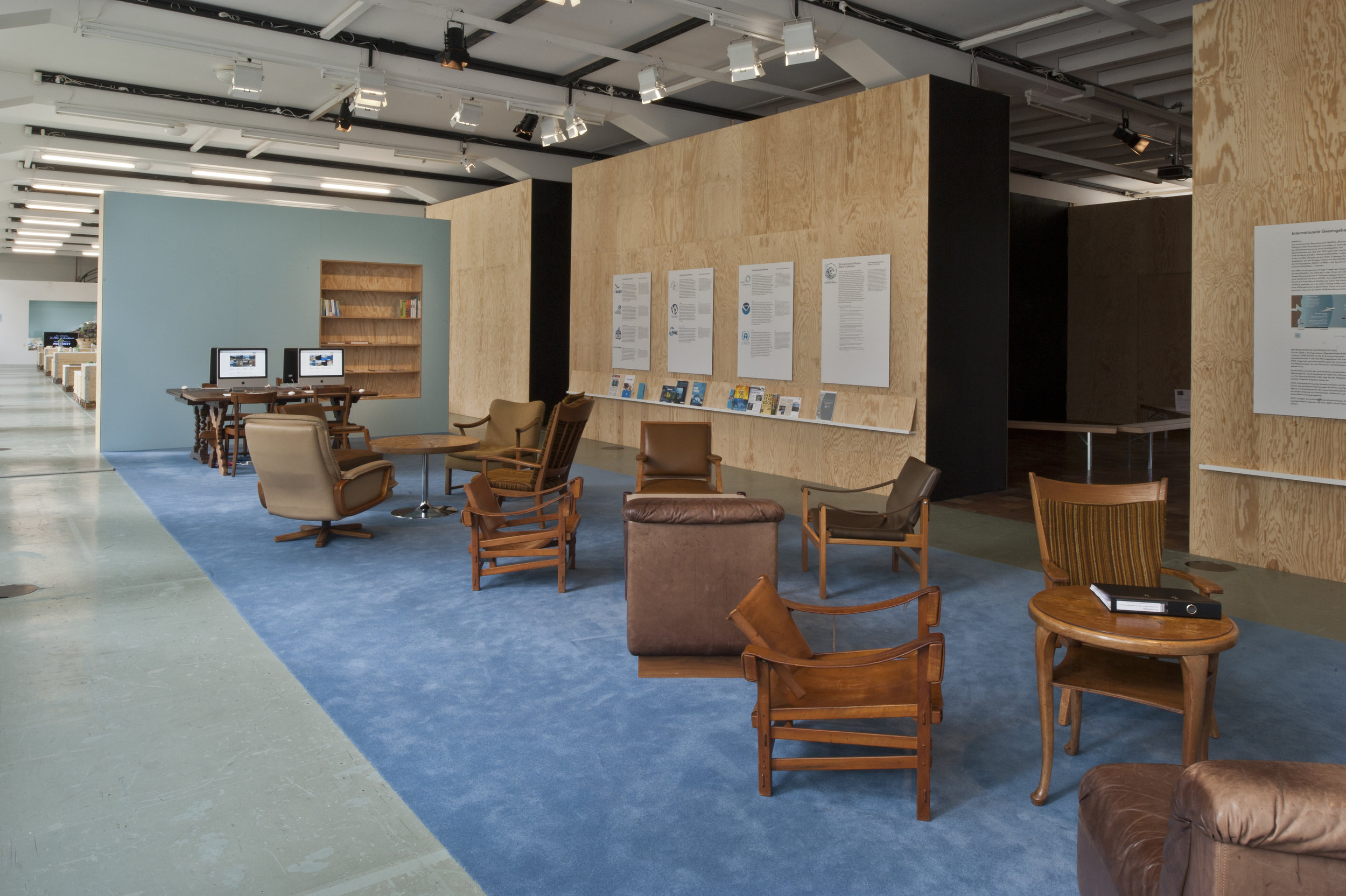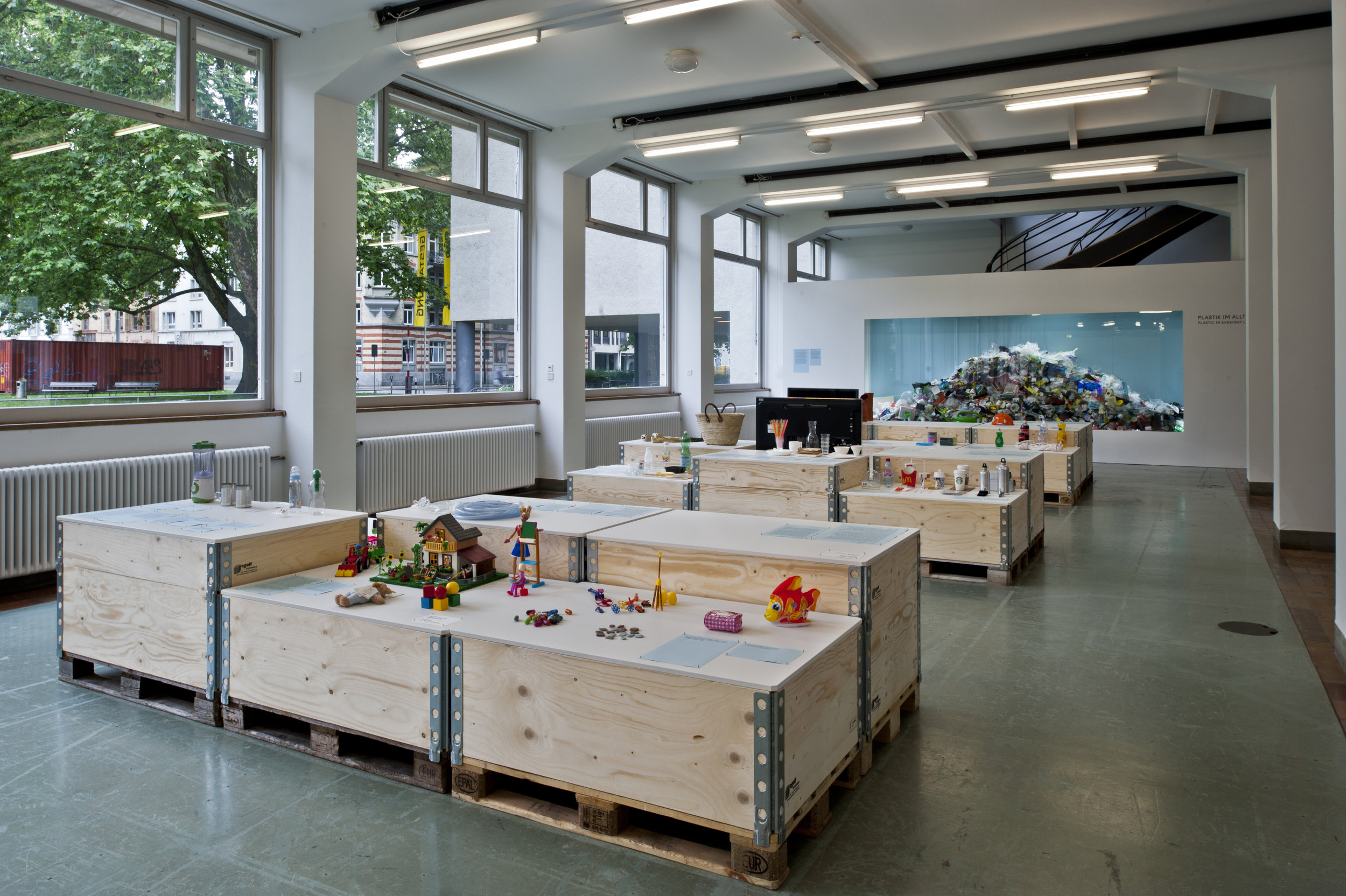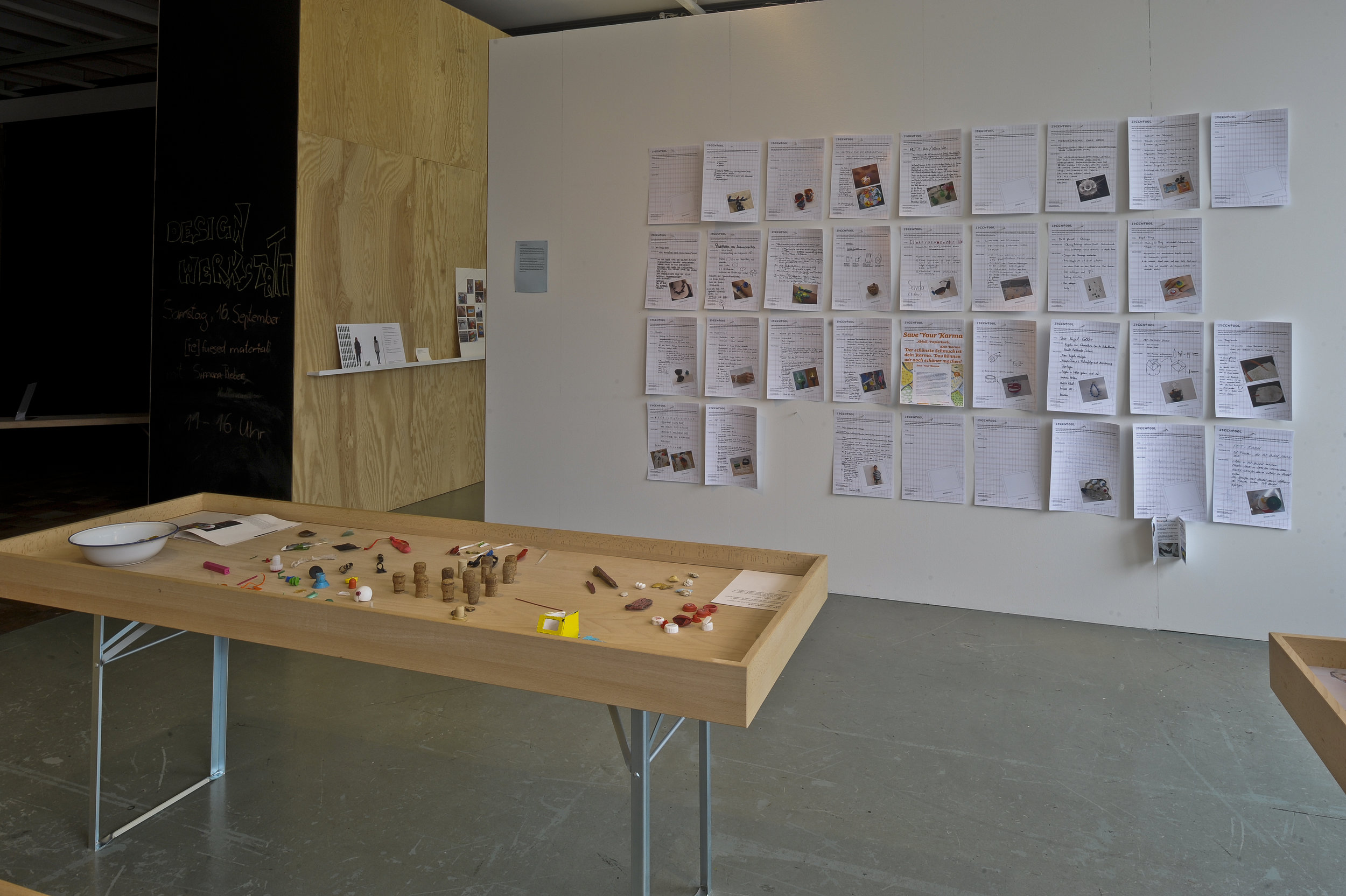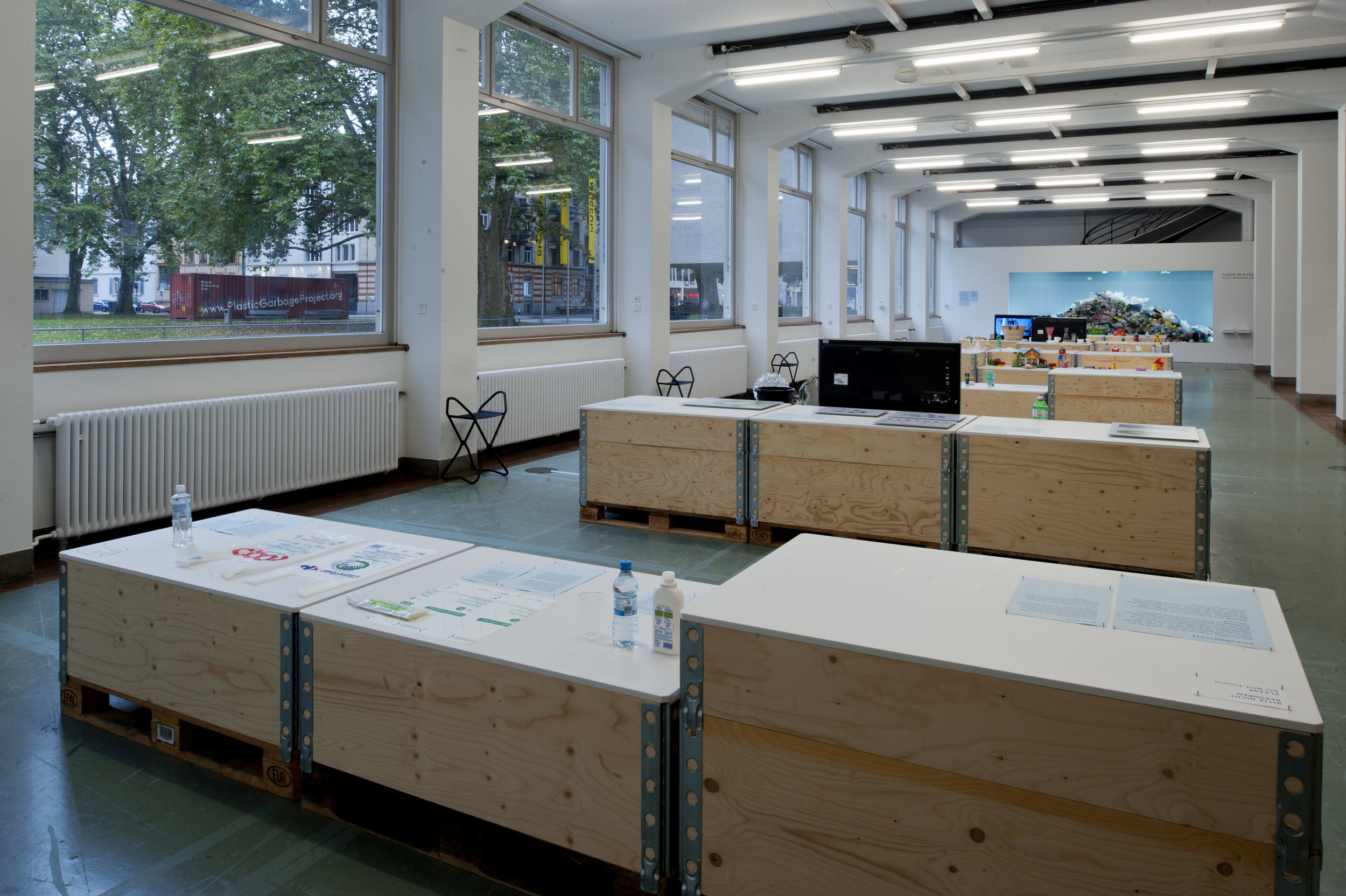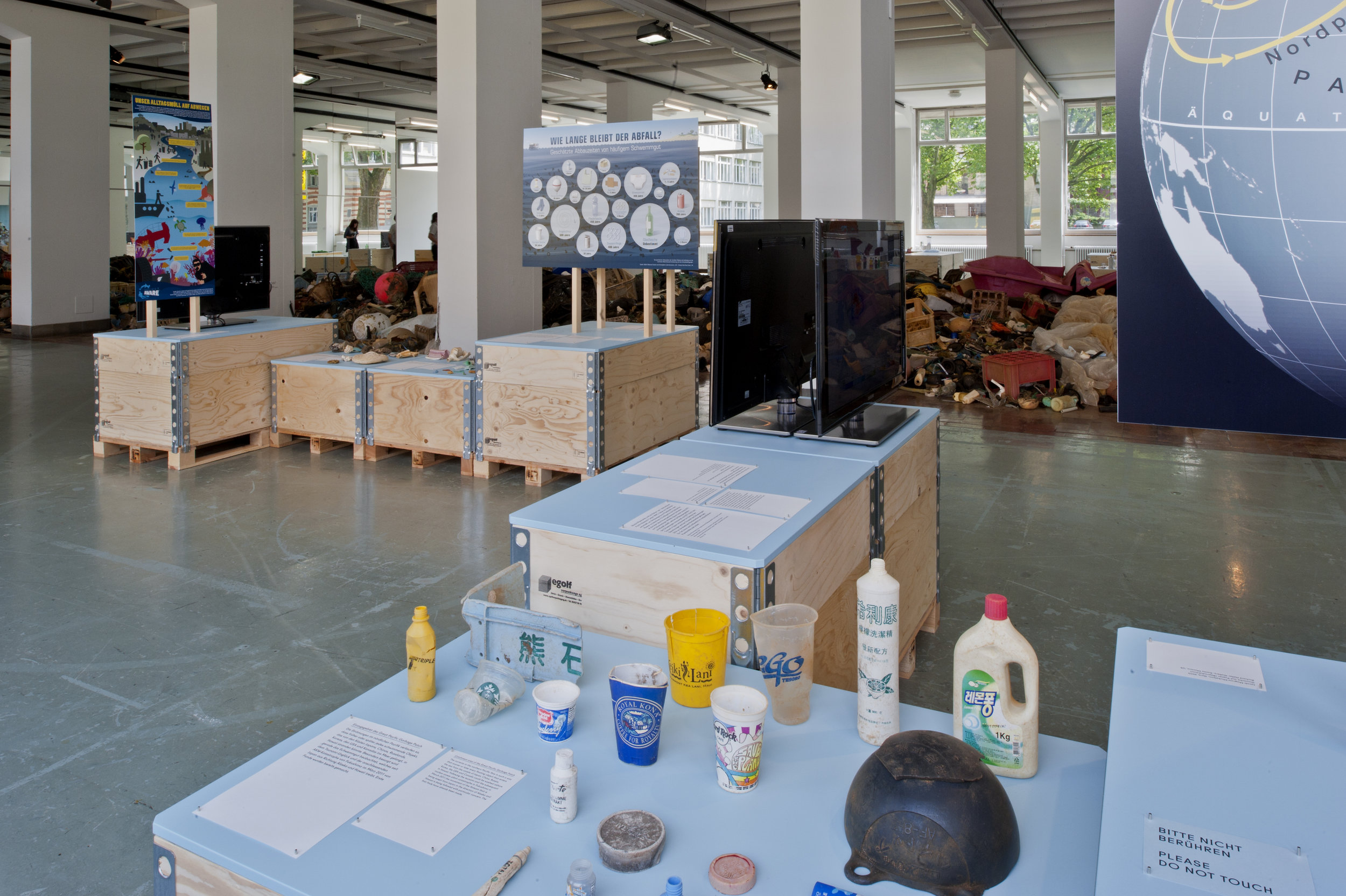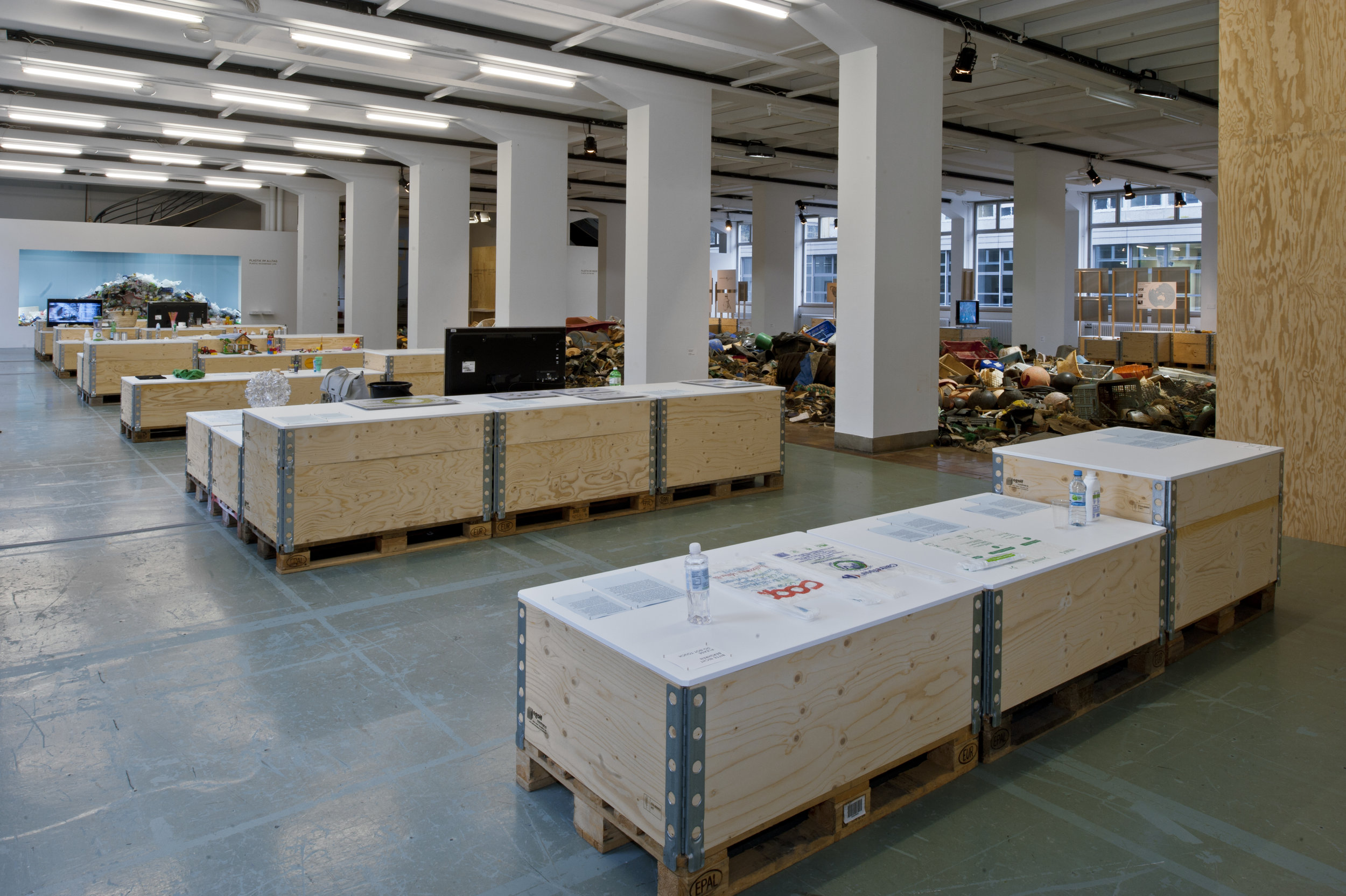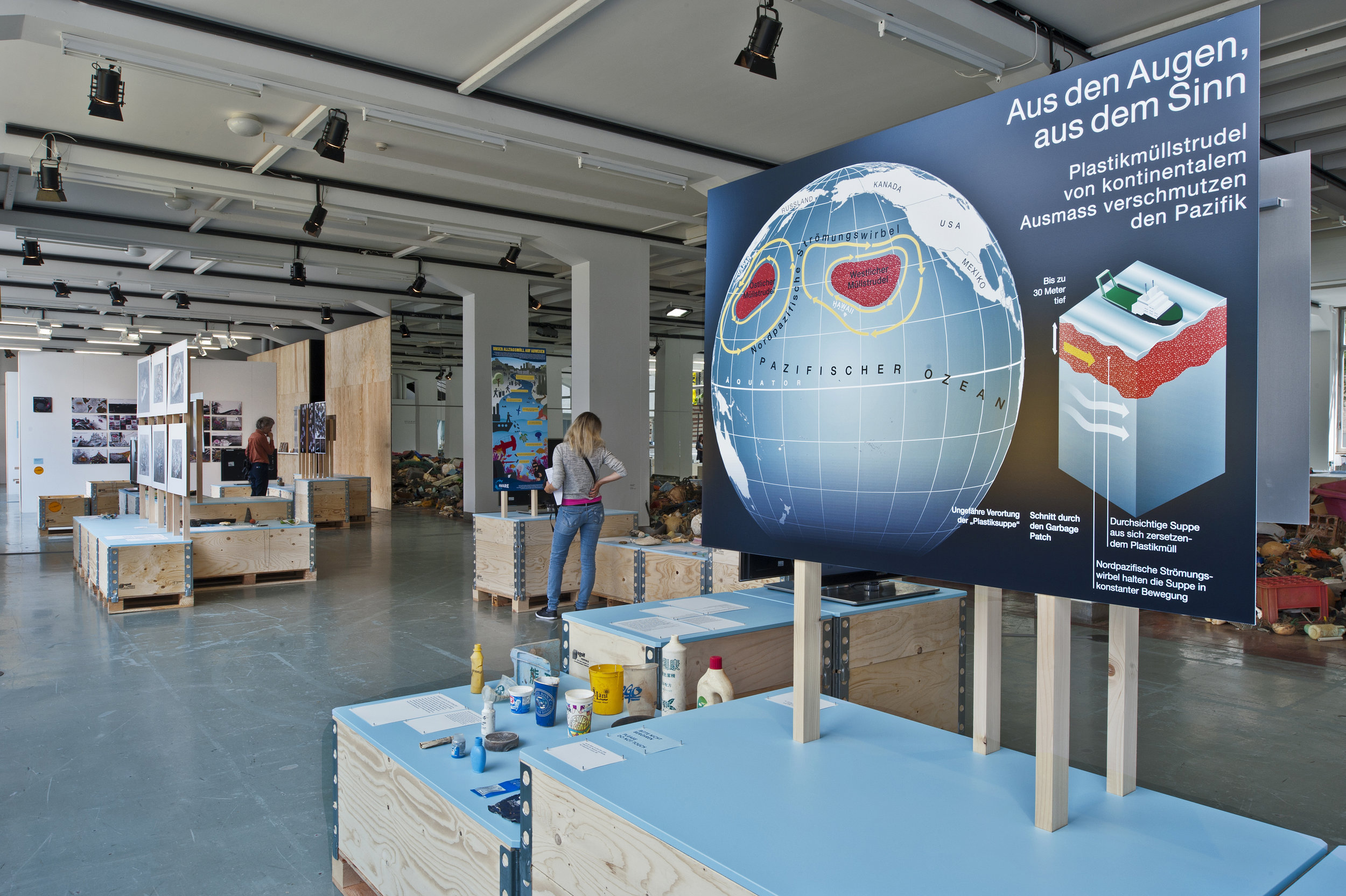Museum für Gestaltung Zürich
zurich, switzerland
4 July – 28 October 2012
The Museum für Gestaltung Zürich carries out projects in the areas of design, visual communication, photography and architecture. As a rule we show exhibitions about the design processes and the use of particularly successful design.
In the exhibition «Out to Sea? The Plastic Garbage Project» we focus for the first time on the end of the history of use. This time our interest is in showing what can happen to used and discarded plastic objects.
The cultural attainments of an epoch are often measured in terms of exceptional achievements that live beyond their own time. Waste, in contrast, provides us with information about everyday life in earlier times. In view of the immense amounts of plastic garbage that we produce daily and the fact that this is, essentially, not biodegradable, future generations will be faced with a substantial and difficult inheritance from our era. And the visible waste is only the tip of a (garbage) iceberg that extends to the depths of the ocean.
As regards the production of waste, too, Western society produces a disproportionately large amount: nowhere in the world is as much consumed as here. Consequently we are to a special degree responsible for the current problem and, logically, for developing solutions to limit it.
As a design museum that is part of a university in which young designers are educated, we have a particular responsibility as regards these questions. As a laboratory, stage and place of education we see it as our task to take a holistic view of design production and to focus on the entire lifecycle of the world of products.
Out to Sea? At the Museum für Gestaltung Zürich
From the very start the exhibition «Out to Sea? The Plastic Garbage Project» was conceived as a travelling exhibition by the Museum für Gestaltung Zürich, the first location at which it was shown.
The core of the exhibition was a huge installation of plastic flotsam that could not be presented in its full extent during the later tour. Along with this probably unique amount of plastic debris it was the unique educational program that gave this show its special character. Not only did most of the different events take place in the exhibition itself, the results were also shown there in the form of changing exhibits. Other additional features of the original Zurich exhibition were an impressive installation made of everyday garbage and a comfy information lounge. In general a space was created that not only presented information but also invited people to take part, to reflect and to spend some time.
A huge success
It soon became clear that the exhibition in Zurich was a huge success. On this account the originally planned duration of twelve weeks was extended by a further five weeks at the end of September. When the exhibition finally came to an end on Sunday, 28 October a total of 35'779 visits had been recorded. In all 425 school classes viewed the exhibition and 165 guided tours were booked.
We hope that in this way we have made a lasting contribution to a reasonable and responsible use of the material plastic.


